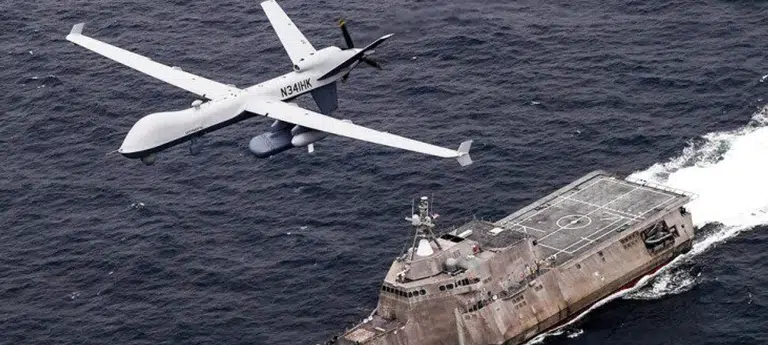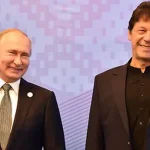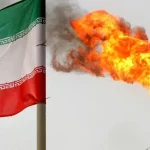The United States Navy blazoned the launch of a new common line of unmanned drones in the Middle East with confederated nations to patrol vast swaths of unpredictable waters as pressures poach with Iran.
Vice Admiral Brad Cooper, who leads the 5th Fleet, said 100 unmanned drones, both sailing, and submersible, would dramatically multiply the surveillance capacities of the US Navy, allowing it to keep a close eye on waters critical to the inflow of global canvas and shipping. Trade at the ocean has been targeted in recent times as Tehran’s nuclear deal with world powers collapsed.
“ By using unmanned systems, we can just simply see more. They’re high trustability and remove the mortal factor,” Cooper said on the sidelines of a defense exhibition in Abu Dhabi, adding the systems are “ the only way to cover on whatever gaps that we’ve moment”.
Cooper said he hopes the drone force using artificial intelligence would be functional by the summer of 2023 to put further “ eyes and cognizance on the water”.
The Bahrain- grounded 5th Fleet includes the pivotal Strait of Hormuz, the narrow mouth of the Gulf through which 20 percent of all canvas passes. It also stretches as far as the Red Sea near the Suez Canal, the raceway in Egypt linking the Middle East to the Mediterranean, and the Bab al-Mandeb Strait off Yemen.
The high swell has witnessed a series of assaults and escalations in recent times, following former US President Donald Trump’s decision to pull the US out of the nuclear deal with Iran and reimpose ruinous warrants.
A maritime shadow war has played out as canvas tankers have been seized by Iranian forces and suspicious explosions have struck vessels in the region, including those linked to Israeli and Western enterprises. Iran has denied involvement in the attacks, despite substantiation from the West to the negative.
“ It’s been well established that Iran is number one in the primary indigenous trouble we’re addressing,” Cooper said. “ There’s the ballistic bullet, voyage bullet, and UAV ( drone) element, both in their capability and their mass proliferation, as well as well as the deputy forces.”
Iran sponsors makeshift regulars in Iraq, Syria, Lebanon, and Yemen that give it a military reach across the region.






